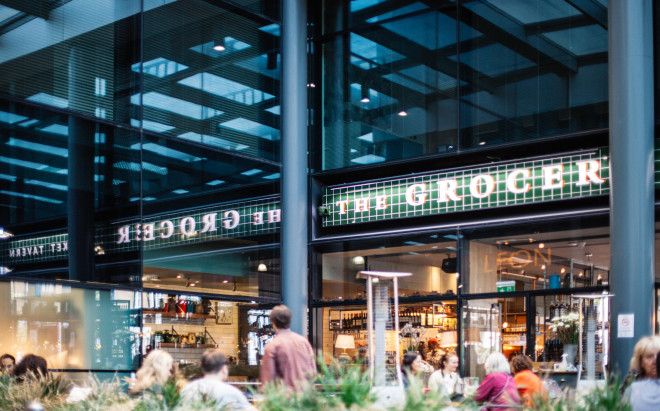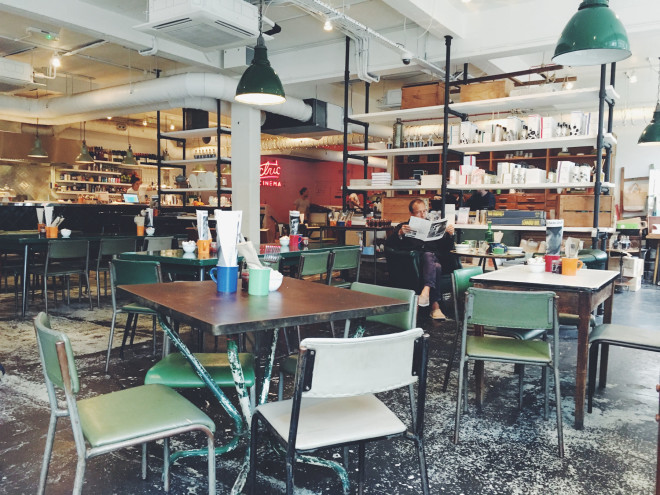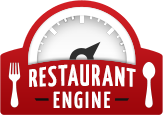Location Location Location – It’s The Single Most Important Thing You Can Do For Your Food Business

Drive business with a prominent location.
You probably know it’s all about location location location. But, did you know it’s the single most important thing you can do for your food business?
In fact, one study shows that restaurant location has a significant effect on brand preference and overall brand equity.
While creating your menu is probably your top priority, you want to put location at the very top of your list.
Deciding on the right location is the single most important business decision you will make. (tweet this)
Great food and service is vital, but if your location is bad, none of that matters.
Consider where you plant your restaurant as the three top decisions you’ve got to make – location, location, location. Here’s how to choose the best location:
Look at Population Numbers
You want to ask yourself if there are enough locals in the area to support your restaurant.
If your food caters to office workers, are you located downtown? If you are a fine dining establishment, can the income of the area support your restaurant?
Consider your placement next to business thoroughfares or highways if you cater to the fast casual crowd.
You want to be sure there are enough people not only living in the area but passing through on a regular basis to keep your restaurant thriving in your community.
A site study can help you determine this, or you can visit with your local chamber of commerce to see if they already have the data on hand.
View Available Parking
Great food, superb service, a prime location, but no parking. That doesn’t fit the bill for location, location, location.
You can bet your customers want to access your restaurant with ease. If they have to walk to your restaurant because your parking is bad, they will most likely look elsewhere.
If people in your area don’t drive, but take a train or subway, make sure you’re on an accessible route.
Assess the Size
Along with the location of your restaurant comes its available size.
Before choosing your restaurant’s location, take a long hard look.
- Is there enough room for your kitchen?
- Is the prep space adequate for the number of customers you will serve?
- Is there an office?
- Do you have storage?
- Does the dining room have space for the tables, hostess stand, bar and wait stations?
- How about the waiting area? Is it ample?
- Can you help to-go customers easily?
It can help to take large sheets of butcher paper, cut them to size and lay them out to make sure you have enough space for everything you’ll put in your restaurant.
Measure Previous Failures
So, your realtor just showed you the “perfect” location. It already has a professional kitchen and even comes with restaurant-grade refrigerators and ovens.
But, you need to step back and ask, “Why?”
Put on your detective hat and learn why the previous restaurant left. Dig even deeper and find out if other restaurants have failed in the area.
You might find that this particular location has featured failed restaurant after failed restaurant.
If one restaurant failed, it could be bad food, bad service or a poor concept. But, if multiple restaurants have failed in the location, then the answer is clear: the location is bad.
You’ll find that there are several reasons restaurants properties come up for sale.
- The owners are tired and moving on.
- The restaurant is struggling financially, and closing is the only option. Worry about this reason.
You’ve got to find out why.

A little competition can be good for business.
Meet the Neighbors
Yes, just like in your home, your neighbors matter.
Take a walk around the neighborhood. See who is doing business on the street. Does their concept fit in with yours?
For example, if you are a high-end restaurant, you don’t want to set up right next to a discount store.
Or, take a look around. If you are an Italian-concept restaurant, are you the only one in a couple mile radius? If there are others with the same concept, this isn’t the location for you.
If there are other successful businesses in the area that are different but complement yours, this is a good sign.
Successful businesses attract other successful businesses. (tweet this)
You might even meet the neighbors. Ask them how they’re doing and how they feel about the area and the traffic it gets.
Leverage Your Biggest Competitor
While positioning your restaurant among multiple restaurant concepts similar to your own is a bad idea, locating near your biggest competitor can be a win-win.
Some restaurant gurus say that the best location for your restaurant is as near to your biggest competitor as you can get.
When you are positioned near the “big guys,” you benefit from their large scale marketing efforts.
For example, if they are doing a big marketing push to get people into the area, and you are visually near them, customers may opt for your restaurant instead.
Competition can be good as long as you are confident in your restaurant, and you’ve got excellent food and service to offer.
More traffic in the area is beneficial especially if you offer a viable, outstanding option to the competition.
Final Thoughts
One of the biggest reasons restaurants fail is due to a poor location.
If your food business has poor street visibility, a lack of parking or little to no foot traffic, the odds are your restaurant will fail.
To avoid this ever present problem, look at your chosen location from multiple angles.
Before you finalize your location, do your target market research. Know where your ideal customer lives, shop and dines.
After all, if they can’t find you, they won’t learn how good your food is.
Bottom line – it is all about location, location, location. Be absolutely sure before you sign a lease or purchase the property.
Choosing the location of your restaurant is the single most important thing you can do for your food business.
Don’t just pick the first seemingly good location you find.
Do your research. Visit several locations and at different times during the day. This will help you gauge the foot traffic in the area.
Draw your diagrams and see if the building fits your needs exactly, and if not, what you can do to adjust.
Be patient and diligent with this decision as it has long-lasting repercussions for the success of your restaurant.
Are you an existing restaurant? How did you choose your location? Do you have any advice for our readers? We’d love to hear it. Please comment below.
Images: Clem Onojeghuo and Rob Bye


Leave a Reply